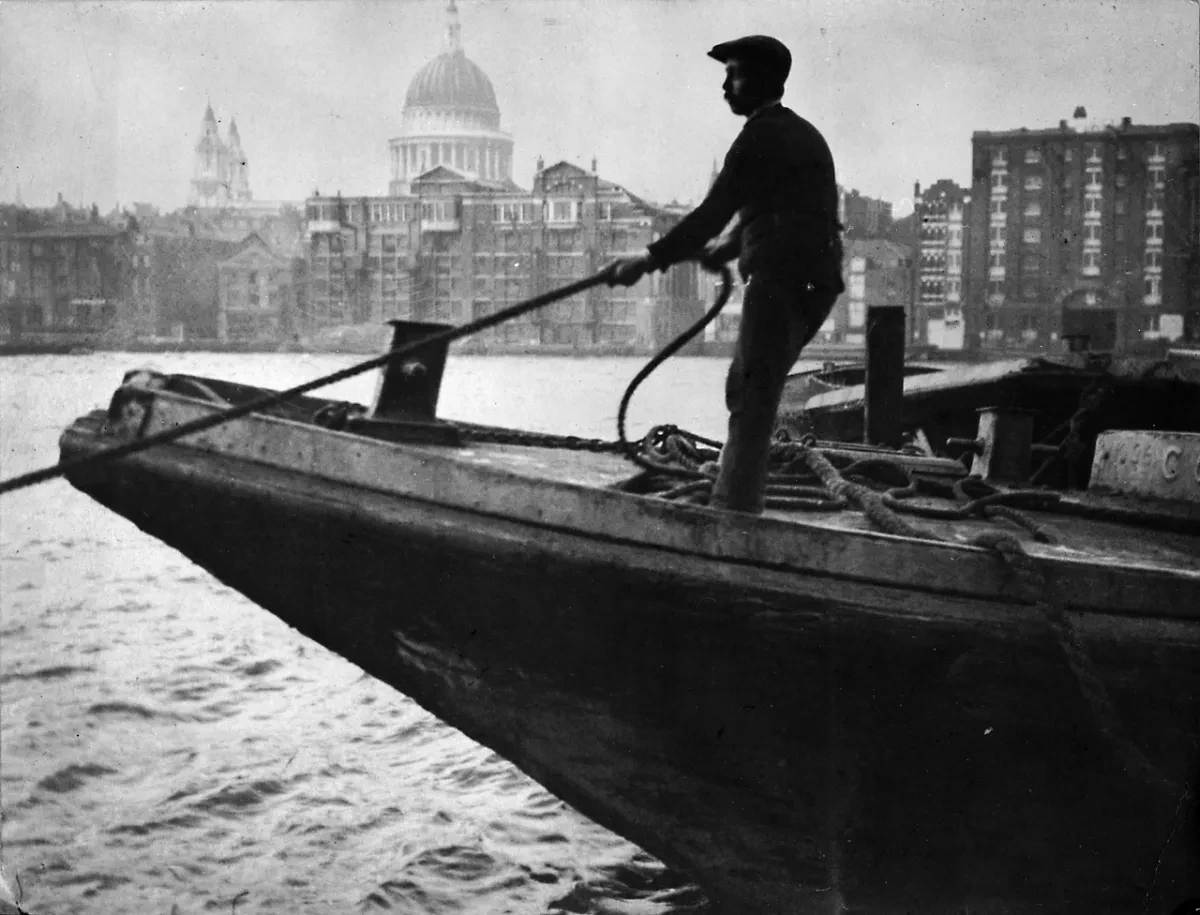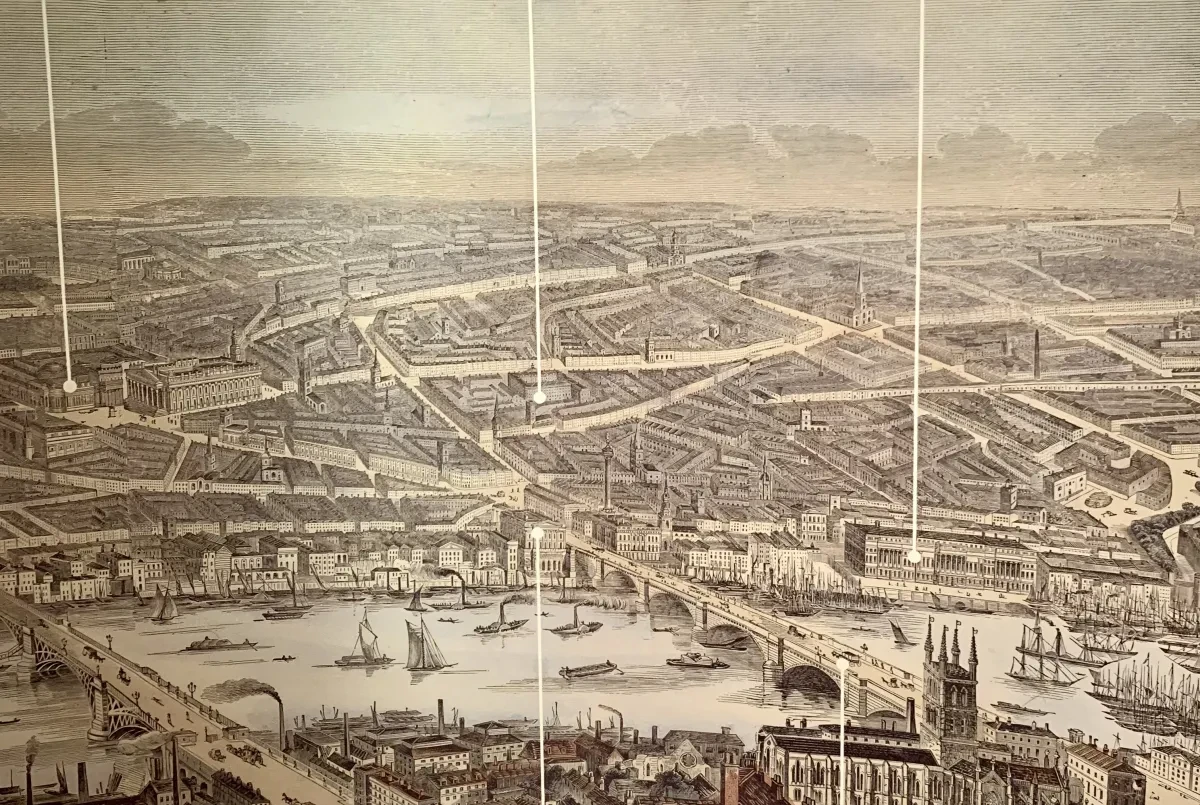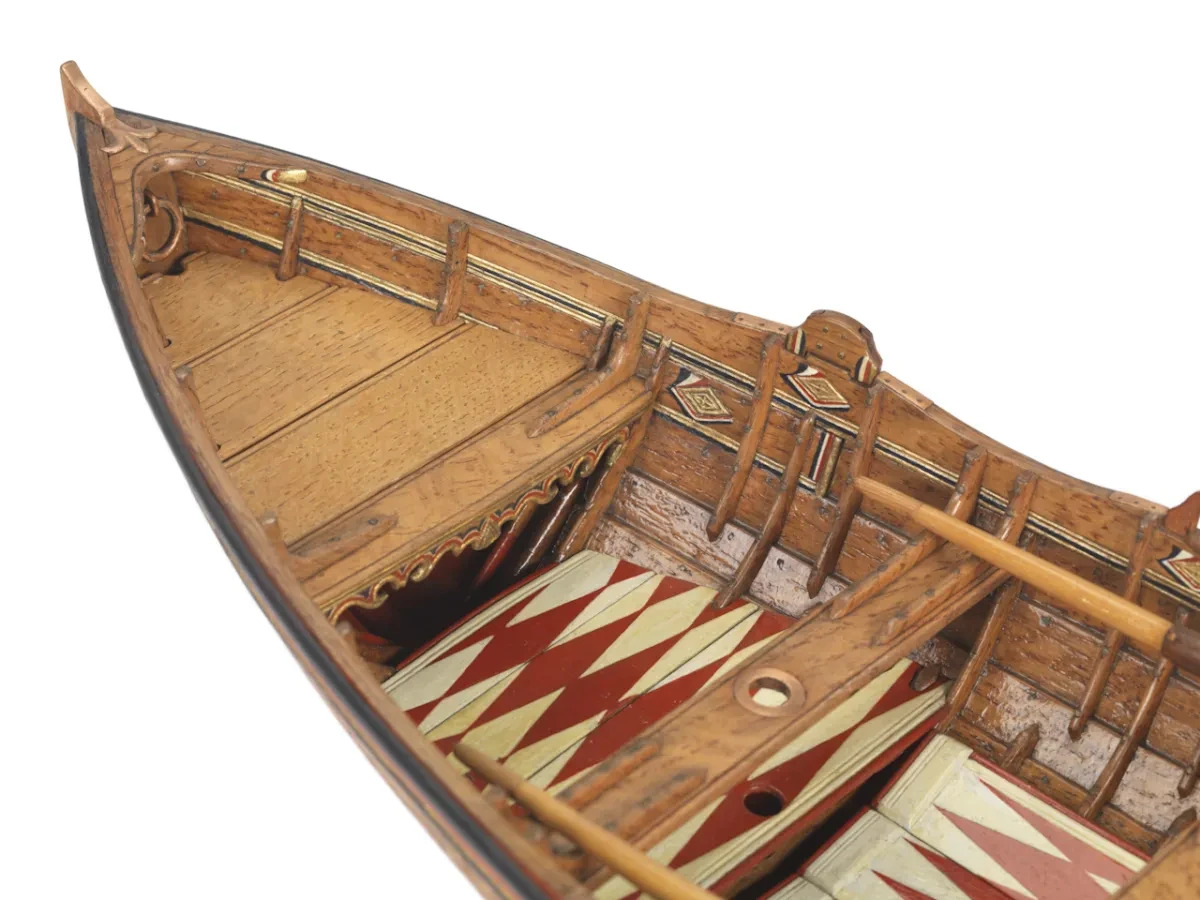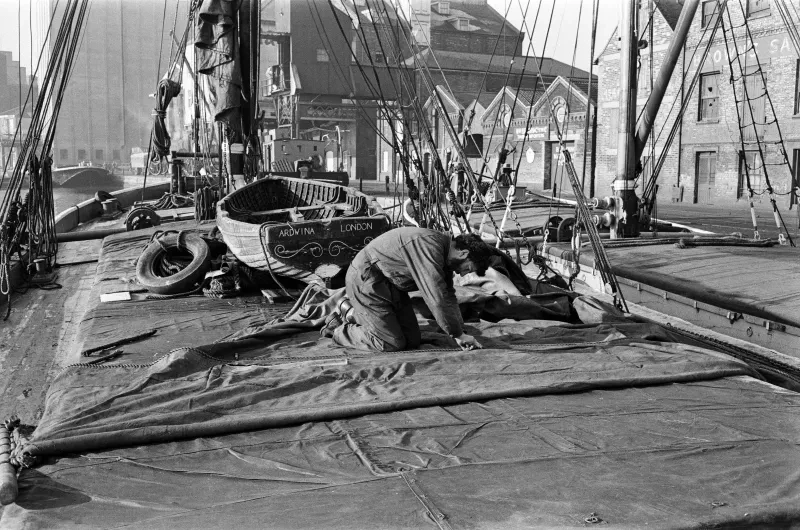
Essential information
| Location | |
|---|---|
| Price | Free |
For centuries, London was the largest and busiest port in Britain, a hub for the country’s worldwide trading networks.
Ships of all shapes and sizes filled the enormous docks and created industry and business opportunities for the local communities.
Today, the docks have been redeveloped and the ships have become large container vessels, moved to new purpose-built ports like the ones at Tilbury and Felixstowe – but London remains an important trading centre.
Visit the 'Maritime London' gallery at the National Maritime Museum, and follow the story of this unique maritime city.
Inside the gallery

The River Thames has always been at the heart of London’s maritime history.
For hundreds of years, it was regarded as the capital’s busiest and grandest street. On the Thames London’s trade overlapped with pageantry and ceremony, as Thames watermen competed in regattas and trading ships crossed paths with royal yachts.
The river has been the background to many important historical events, from ship launches and royal processions to the funeral of Horatio Nelson in 1806 and the Diamond Jubilee celebrations of Queen Elizabeth II in 2012.
The architecture of the Thames reflects the different uses of the river. Grand palaces and major state buildings show its importance as a place for ceremony. The commercial docks and wharfs signalled London's heyday as Britain's greatest port.
With the city's evolution as a global financial centre, many of the old riverside industrial buildings have been demolished or put to other uses. Developments like Canary Wharf, once the site of thriving docks, reflect this change.
Through paintings and panoramas, ship models and intriguing objects, 'Maritime London' explores how the river has shaped the city.
Visiting Maritime London
Where is the gallery?
Maritime London is a permanent gallery at the National Maritime Museum in Greenwich, located inside Ocean Court on the ground floor.
Entry to the Museum is free: book tickets online in advance to guarantee entry and receive updates before you visit.
Tours and audio guides
The National Maritime Museum hosts daily talks and gallery tours, from full tours of the Museum to volunteer-led talks about specific galleries and objects.
Maritime London also features as part of the range of audio guides available at the Museum.
Accessibility
BSL is included as part of the National Maritime Museum audio guide. Large print guides are also available inside the gallery. For more information about accessibility at the National Maritime Museum, click here.
Gallery closures
Occasionally some gallery closures may affect your visit to the National Maritime Museum. Find details of upcoming closures here.
Make the most of your visit
Find more free galleries and attractions at the National Maritime Museum.









